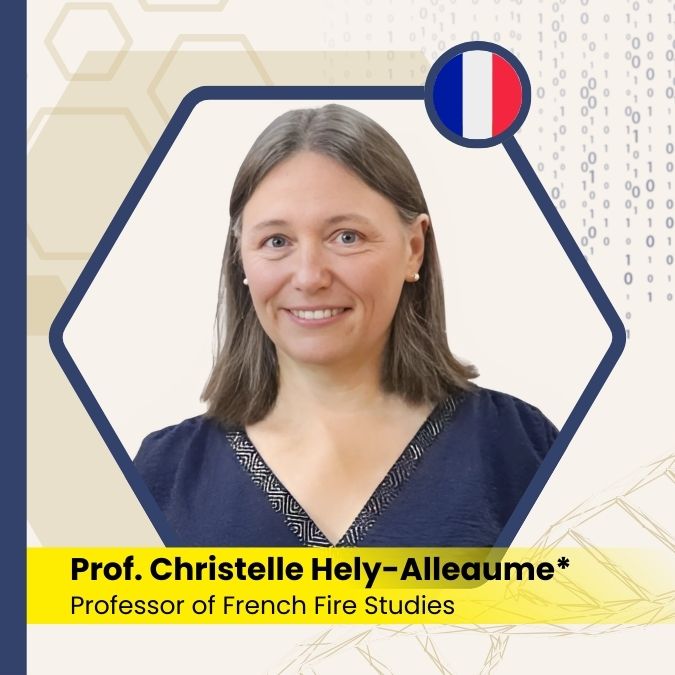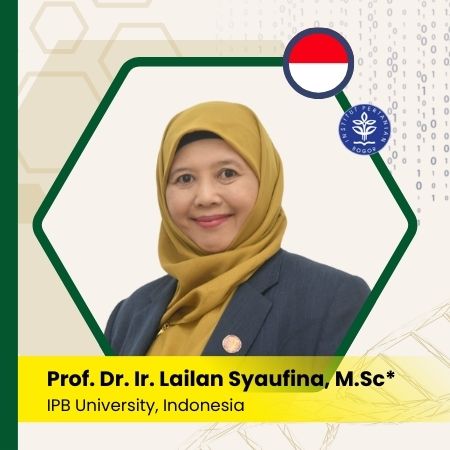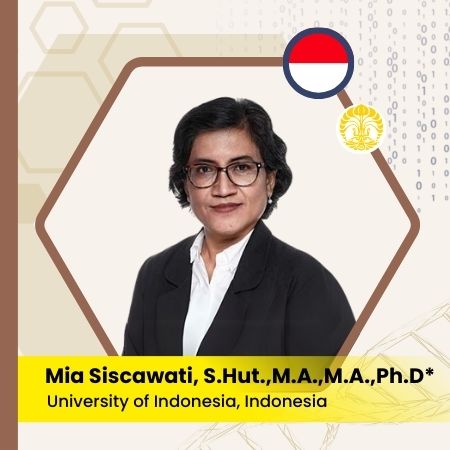Optimization of Ultrasound-Assisted Extraction of Vitamin C Roselle (Hibiscus sabdariffa L.) Using Distilled Water
Keywords:
roselle petals; aquades; vitamin C; sound wave extraction; optimizationAbstract
Roselle petals (Hibiscus sabdariffa L.) is a plant that can be used in health, one of which is vitamin C. Vitamin C in roselle petals can be obtained through ultrasonic assisted extraction (UAE). This study was to determine the optimization of extraction conditions using a combination of amplitude, time, and solvent ratio variables to obtain optimum response of vitamin C using distilled water solvent. The method used in this research is laboratory experimental with response surface methodology (RSM) approach type Box-Behnken Design (BBD). The results of the study obtained a quadratic model at the 95% confidence level, indicating that amplitude variables, interaction of amplitude and time, quadratic time, and quadratic solvent ratio significantly affect the acquisition of vitamin C content. The treatment combination to extract the optimum vitamin C content was obtained at 20% amplitude, 5 minutes time, and solvent ratio of 7 mL/g, resulting in vitamin C content 187,940 mg/100g with extract characteristics such as total yield 25.89%, residual solvent content 37%, specific gravity 1.249, pH 2.71, and has a red purple color from hue value 10.27.





























